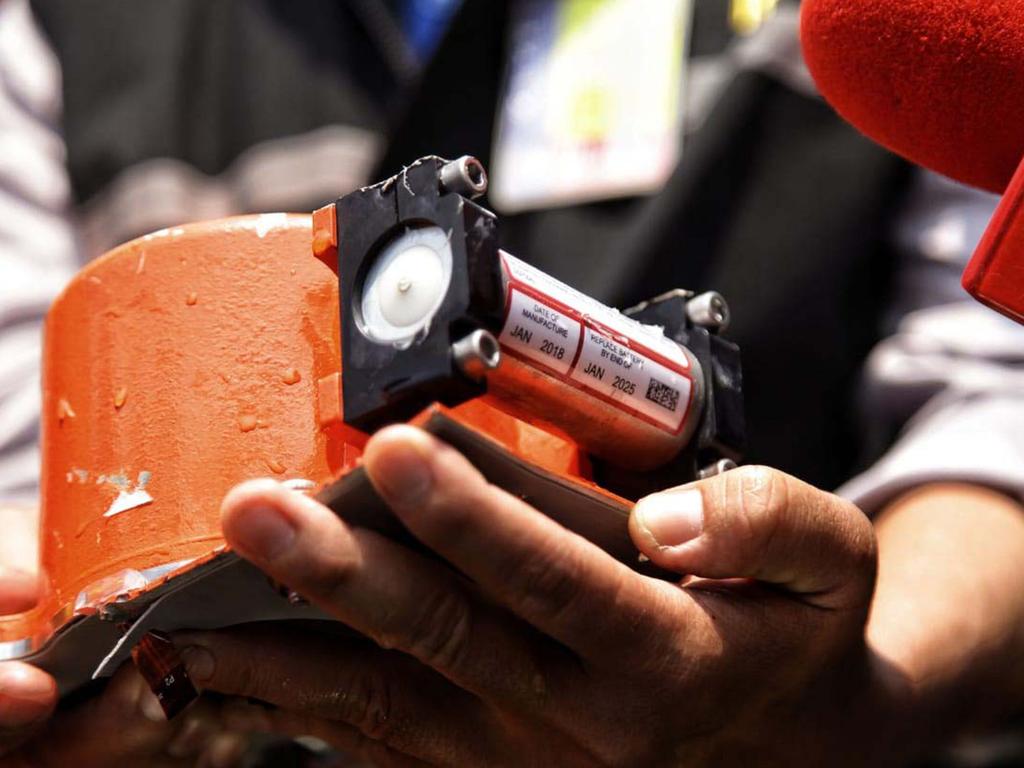What we missed when the first Boeing 737 Max crashed
The world was shocked when a brand new plane went down last week. When something similar happened five months earlier, we were looking at the wrong thing.
When Lion Air flight 610 crashed into the Java Sea last October, killing all 189 people on-board, it was at first assumed the airline was at fault.
The Indonesian carrier had their Standard Operating Procedure scrutinised, the physical and mental health histories of the crew were assessed, and the condition of the airline’s entire fleet of planes was examined. Lion Air’s technical director was suspended, as were a number of the ground technicians who declared the plan okay for takeoff that day.
When Indonesian Minister of Transportation Budi Karya Sumadi announced the government would be carrying out strict safety audits on every low-cost carrier in Indonesia, the implications on who was being blamed for the tragedy were clear.
But after a second 737 MAX 8 plane crashed last Sunday, under suspiciously similar circumstances, the focus quickly turned away from the carriers and towards the manufacturer.
WHAT HAPPENED TO FLIGHT 610
When Lion Air flight 610 fell into the sea just twelve minutes after take off, there had been problems with the plane for days.
“Problems related to airspeed and altitude” were logged on each of the four flights the aircraft took over the previous three days.

“Various maintenance procedures were carried out, but the issues remained on each successive flight,” according to official records.
Two days before the crash, a sensor was replaced and tested but pilots continued to experience issues with “erroneous airspeed data” and a feature named “automatic nose down trim” unexpectedly kicking in, which pilots were forced to counter manually.
Automatic nose trim is a newly added feature that kicks in if software calculates a discrepancy between the wings and the expected air flow. In layman’s terms, it swivels the horizontal tail, which dips the nose.
In layman’s terms, it erroneously detects that the plane has stalled, and swivels the horizontal tail, which dips the nose. It’s a new feature on the 737 MAX, and is known as the Manoeuvring Characteristics Augmentation System or MCAS.
The problem is, most of the pilots operating the new aircraft hadn’t been trained in how to override MCAS. Worse still, most of them weren’t even made aware of its existence.

Flight 610 was the fifth time in four days pilots of the doomed plane experienced issues with the MCAS feature.
As with the previous flights, the plane slipped into automatic nose down trim, which pilots this time attempted to counter by manually triggering a nose up trim. They were able to maintain this oscillation for ten minutes before the plane crashed into the sea, killing all on-board.
WHO WAS AT FAULT?
After the crash, advice regarding the Boeing 737 Max 8 was precautionary.
A preliminary report on the Lion Air crash found that fault indeed laid with the new feature on the aircraft.
Boeing quickly responded to the report publicly with a statement that extended “heartfelt condolences and sympathies” before offering reassurance.
“As our customers and their passengers continue to fly the 737 MAX to hundreds of destinations around the world every day, they have our assurance that the 737 MAX is as safe as any aeroplane that has ever flown the skies,” the company said.

A week after the Lion Air crash, both Boeing and the Federal Aviation Administration issued American pilots with a bulletin advising them of the stall prevention flaw, with instructions on how to override the procedure.
For many, it was too little, too late.
The Allied Pilots Association (APA) referred to the bulletins as “an improvised response if this system goes awry”.
APA spokesperson Dennis Tajer said American pilots were not informed of the new override feature until the first fatal accident.
“This is information that was deemed so important that the FAA put out an emergency directive that is critical for us to know about — because the details of the MCAS system are not in our manual,” he said.

The Air Line Pilots Association is the union for pilots across 34 airlines.
President Tim Canoll addressed the FAA in an open letter, claiming “information regarding the normal and non-normal operation of this system was not provided to the frontline airline employees — the flight crews and maintenance technicians”.
United Airlines, however, claimed their pilots were trained in overriding the faulty feature prior to the crash.
Their own internal bulletin about the upgrades in the newer model 737 states: “If MCAS were to fault, forcing an undesirable nose down attitude or continuing inappropriate nose down trim, using the cutout switches on the pedestal will stop the trim runaway.”
Regardless of how widely known the fault in the MCAS feature was to pilots before the Lion Air crash, it was certainly common knowledge in the weeks following.
Nevertheless, air carriers around the world continued to fly customers in the flawed 737 MAX 8.

BOEING STAY POSITIVE
Now that a second Boeing 737 MAX 8 has crashed, no more chances are being taken.
The FAA grounded all 737 MAX aircraft on Thursday, following similar decisions made around the world. The final 737 MAX landed in Nova Scotia, Canada, that same afternoon. Company shares duly fell by 2 per cent and are expected to continue to tumble. Surveying the situation, US President Donald Trump surmised Boeing had to “figure it out fast”.
On Friday, Boeing halted deliveries of all 737 MAX 8 aircraft, although stubbornly continue to manufacture them. The aircraft will be grounded until May at least.
Although the company officially supported decisions made to ground the aircraft, Boeing continued to radiate confidence in the plane.
“We are supporting this proactive step out of an abundance of caution,” Dennis Muilenburg, president, CEO, Chairman of The Boeing Company, said of grounding the plane.
“Boeing continues to have full confidence in the safety of the 737 MAX.”



